Whether you’re making a simple classic or a carrot halwa with almonds and Dairy Milk chocolate, these tips give it a creamy texture

Carrot halwa, also known as gajar ka halwa, is more than just a dessert. It’s a culinary tradition, deeply embedded in Indian culture, especially during winters and festive occasions. While there are many versions of this beloved sweet treat, a common goal is achieving a creamy, luxurious texture that melts in the mouth. A well-made carrot halwa should be rich yet balanced, with soft, slow-cooked carrots infused with the warmth of milk, ghee, and cardamom. There are also many ways of adapting the dish and modernising it, like making a carrot halwa with almonds and Dairy Milk chocolate. But whatever variation you decide on, the texture needs to be gooey and the taste delicious. And getting that perfect creamy and rich consistency isn’t just a matter of throwing ingredients together. It’s about method, timing, and ingredient quality. So here's a comprehensive guide to help you master the art of making carrot halwa that’s indulgently creamy and restaurant-worthy.
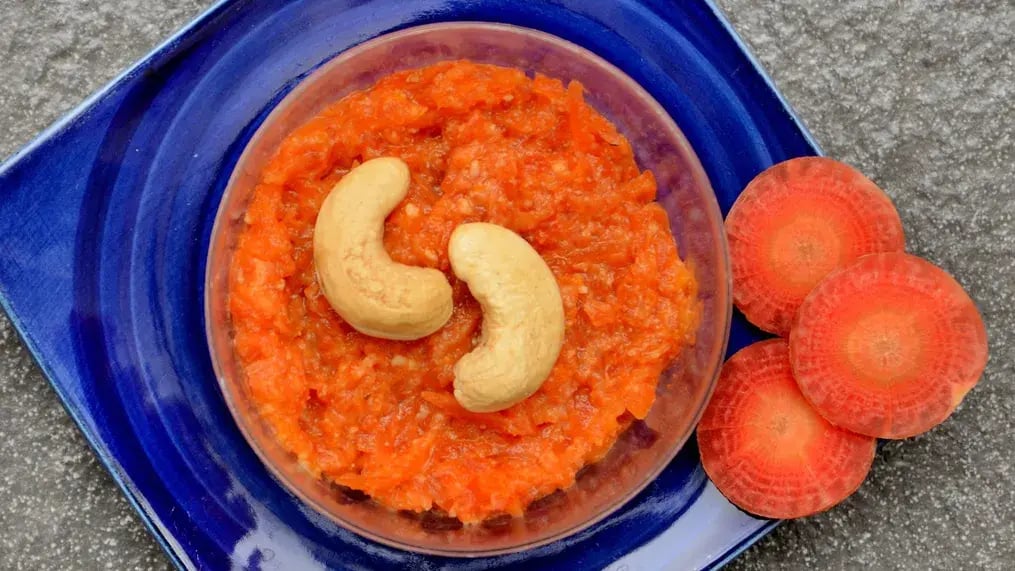
The carrots
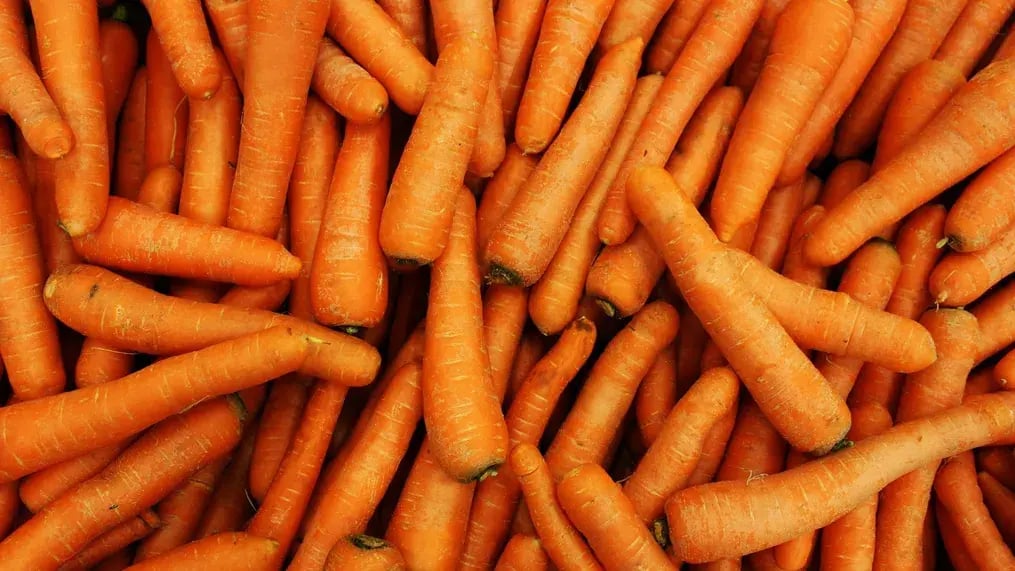
The first and most crucial step to achieving rich carrot halwa is choosing the right carrots. During winter, try to find red carrots, which are sweeter, juicier, and more tender than the regular orange ones. Their natural sugars enhance the halwa’s sweetness, and their texture softens beautifully when cooked. Grate the carrots finely as this ensures even cooking and contributes to a smoother texture. Avoid using a food processor for this step since hand grating gives a more uniform and delicate consistency.
The milk
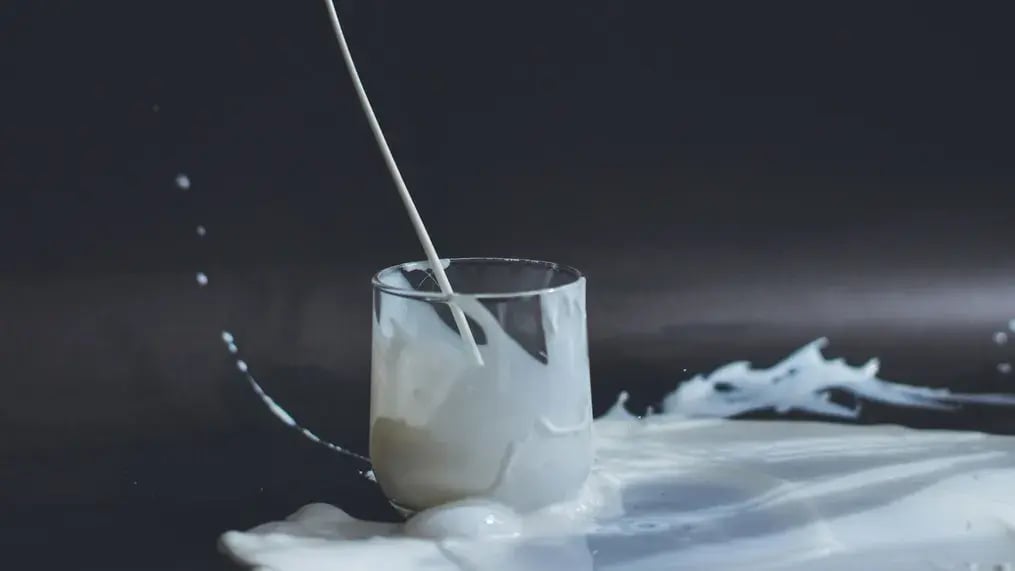
Creaminess comes from the milk. The more the fat content, the richer your halwa will be. Always opt for full cream milk, and don’t hesitate while using a generous quantity. The idea is to allow the grated carrots to simmer in milk until they reduce and thicken. To take it one step further, add khoya or dried milk solids that instantly elevate richness. If khoya isn’t available, unsweetened condensed milk or cream can serve as excellent alternatives. Make sure to simmer the milk before adding it to the carrots. This enhances its sweetness and cuts down on cooking time too.
The cooking
The secret to deep flavor and creamy consistency lies in slow cooking. Once you add the milk to the sauteed carrots, reduce the flame and allow the mixture to simmer uncovered. Stir occasionally to prevent the milk from sticking to the bottom. This slow reduction not only softens the carrots but also allows the milk to thicken and bind with the carrots. Patience here is essential since a rushed halwa can turn watery or lack depth of flavor. Plan for at least 45 minutes of slow cooking for a rich, glossy finish.
The ghee
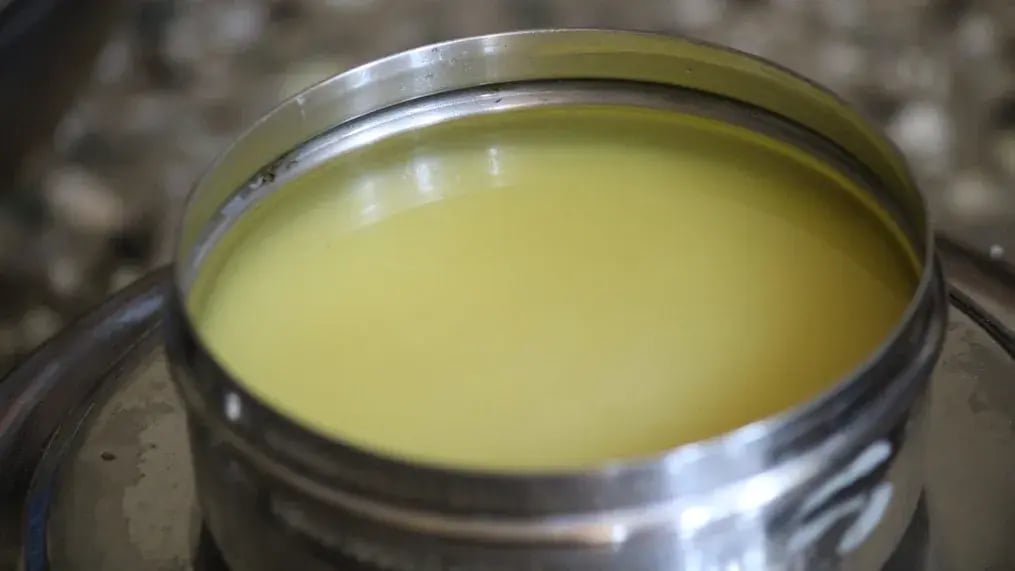
Ghee plays a dual role in this dish. It enhances the flavor while also improving texture. Begin the halwa by sauteing the grated carrots in ghee for 10 minutes. This step is key to removing the raw smell and allowing the carrots to absorb the fat, which contributes to the creamy mouthfeel later. A bit later on in the cooking process, a little more ghee can be added for aroma and shine, but avoid overdoing it. The goal is indulgent richness, not greasiness.
The sugar
Sugar, while sweetening the dish, also affects the texture. Add it only after the milk has reduced and the carrots are almost cooked. Adding sugar too early releases water from the carrots, potentially halting the milk’s thickening process and making the halwa too wet. As the sugar melts, it further thickens the halwa. Stir continuously once the sugar is added to maintain a silky texture. For added richness, a tablespoon of jaggery or a hint of brown sugar can be used alongside white sugar. It adds depth and a slightly caramelized flavor profile.
The creaminess
After the milk has reduced and sugar is absorbed, add khoya or condensed milk. These elements are creamy by nature and integrate seamlessly into the halwa, giving it a velvety texture and milky density. Khoya should be crumbled and added towards the end, giving it time to melt into the mixture. Condensed milk, being liquid, should be added in moderation to avoid making the halwa runny.
The dry fruits
Richness isn’t just about cream, it’s also about complementary textures. Toasted cashews, almonds, and raisins offer contrast and nutty complexity. Fry them lightly in ghee before adding for extra flavor. You can even soak almonds overnight, peel them, and grind them into a fine paste to fold into the halwa. It’s a trick that adds both body and subtle creaminess to the dish.
The resting
Just like a biryani or a good stew, carrot halwa benefits from resting. Let it sit for 20 minutes after cooking to allow the flavors to meld and the texture to firm up slightly. This also helps it hold its shape better.
Like This Article?
More Like This
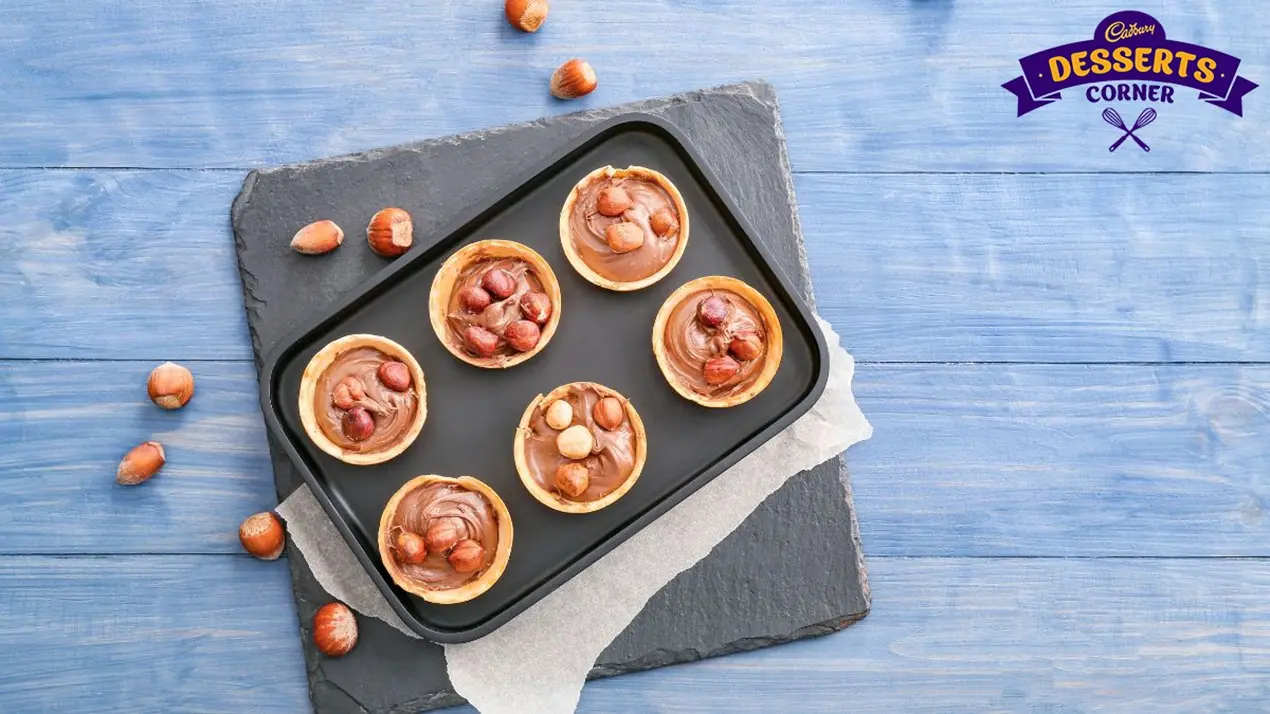
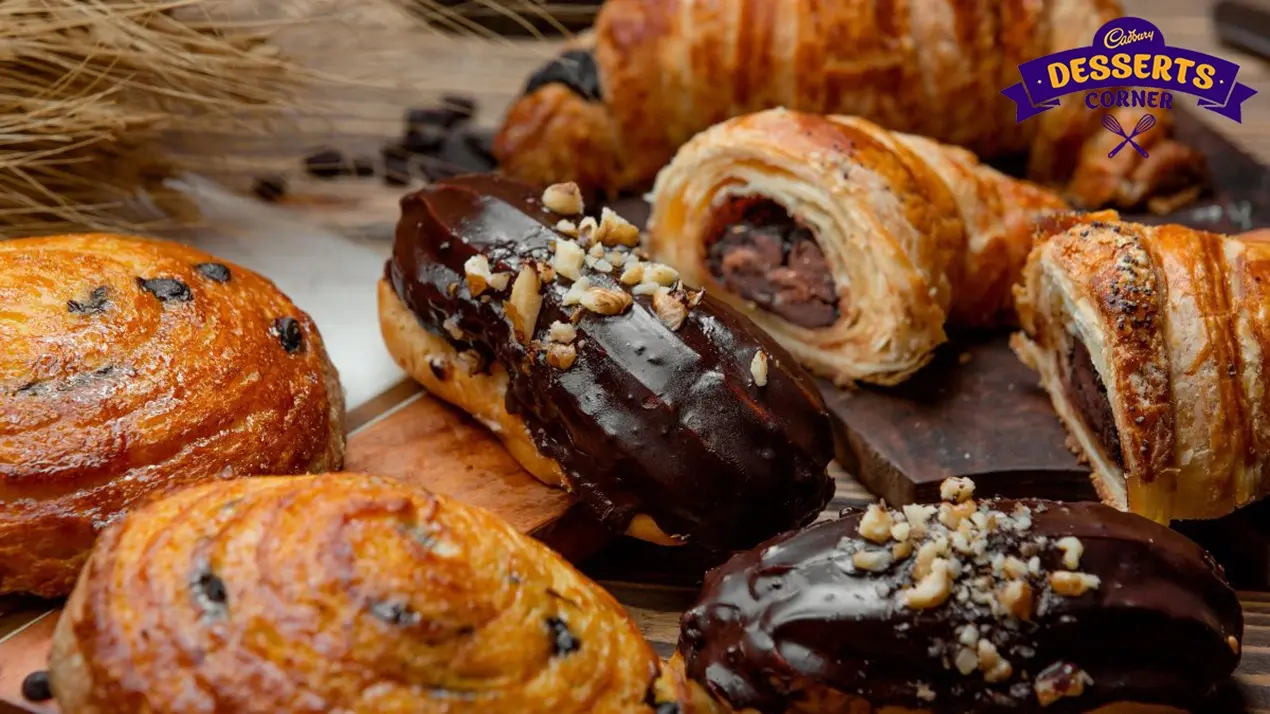
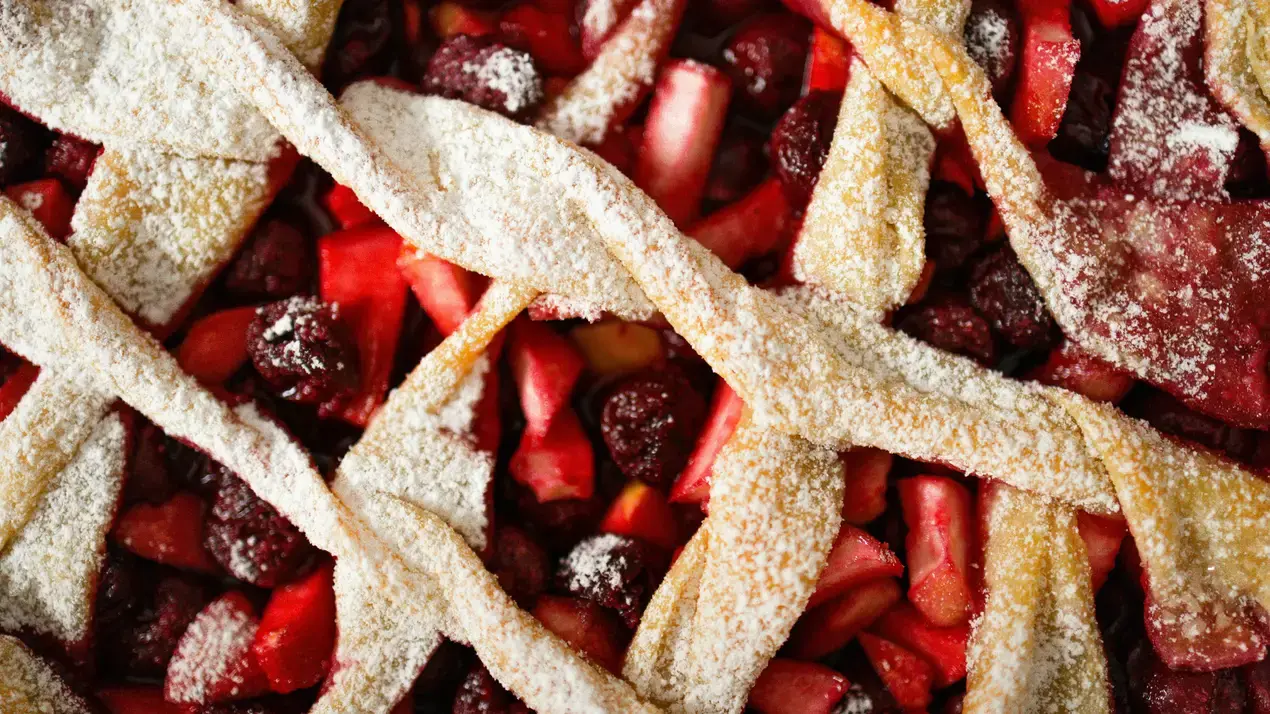

Popular Articles





Trending Web Stories
Curated Recipes


















